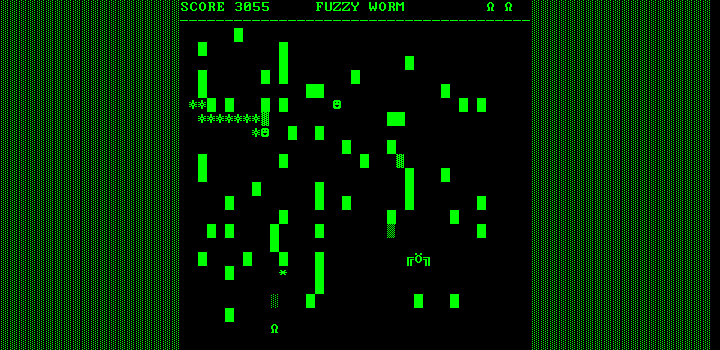

Identifying the caterpillar’s host plant can also help to know the species. Also, look for hairs, spiny tufts, pencil hairs, lashes, or fleshy horns. For example, some caterpillars are smooth, whereas others have bumps and eyespots. How to Identify Black and Brown Caterpillarsīlack and brown caterpillar identification is by the insect’s shape and particular markings. Descriptions and pictures of these worm-like creatures will help to identify individual species. This article is an identifying guide to recognizing common types of black and brown caterpillars. Other types of brown and black caterpillars can have smooth bodies, spiny clumps, mottled patterns, or stinging setae (hairs). This hairy crawling insect is covered in black hairy tufts with a bronze-brown band in the middle. The most common black and brown caterpillar is the furry banded woolly bear. The Center for Woolly Worm Studies at Appalachian State University in Boone conducts annual studies on about 500 woolly bear caterpillars in a more scientific attempt to predict the winter weather.Email Pinterest Facebook Twitter Linkedinīlack and brown caterpillars are the worm-like larvae of moths and butterflies. Caterpillars race on three-foot strings in heats until a champion is found, and the winning woolly worm is used for the upcoming winter's prediction. Banner Elk hosts an annual Woolly Worm Festival at which the main events are the woolly worm races. "Reading the worms" is a popular fall pastime in the North Carolina Mountains. Another version holds more generally that a predomination of dark bands means a hard winter, and a majority of brown bands predicts a mild season. For instance, the 13 bands on the caterpillar's body, colored brown and black, are said to correspond to the 13 weeks of winter, and the darker a band, the harsher that week will be. The belief that the coloration of the woolly worm's coat matches the harsh and mild periods of the winter has several variations. North Carolina's Mountain peoples have long relied on the woolly worm's markings to predict the severity of the upcoming winter.

Woolly worms appear in early fall, when they feast on common plants, and emerge in spring from the pupa stage as moths. The fuzzy brown and black creature commonly called the woolly worm or woolly bear is the larval form of the tiger moth ( Isia isabella).


 0 kommentar(er)
0 kommentar(er)
